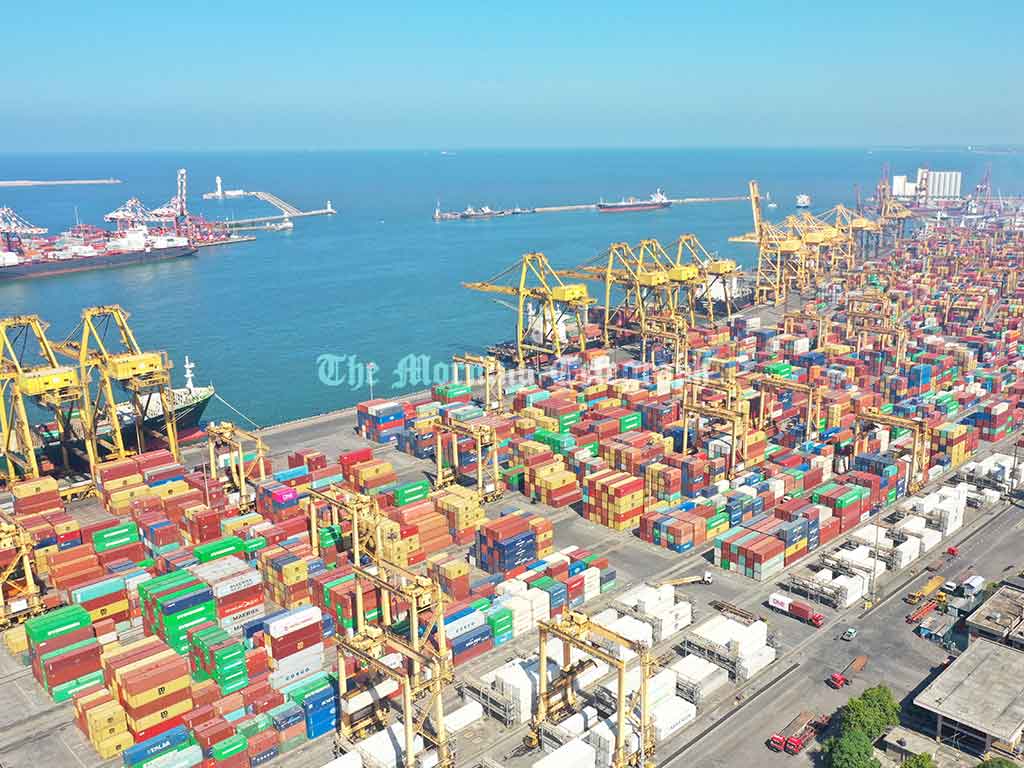
The Sri Lanka Ports Authority (SLPA) has reported a groundbreaking year for the Port of Colombo in 2024, achieving a historic milestone in container handling and reaffirming its position as a leading maritime hub in South Asia. By December 31, 2024, SLPA container terminals had managed over 2.4 million containers, marking a significant 23% increase compared to the 1.9 million containers handled in 2023. This remarkable growth has positioned SLPA’s terminals as some of the most rapidly expanding facilities within the Port of Colombo, reflecting their importance in global shipping operations.
The Eastern Container Terminal (ECT) has demonstrated its capacity to handle some of the largest vessels in the world, including those exceeding 400 meters in length and capable of transporting over 23,000 containers. This operational milestone underscores the advanced capabilities of the terminal and its strategic importance as a key player in international maritime logistics. The ability to accommodate such massive vessels highlights the terminal’s state-of-the-art infrastructure, which continues to attract major shipping lines seeking efficient and reliable services in the region.
Overall, the Port of Colombo reached a record-breaking total of 7.7 million containers handled in 2024, reflecting a 12.3% increase from the 6.9 million containers processed in 2023. This achievement further solidifies the port’s reputation as a vital transshipment and logistics hub in the South Asian region, playing a crucial role in global trade networks. The growth of the port’s overall capacity also serves as a testament to the strategic efforts undertaken to enhance its competitiveness and operational efficiency.
The Colombo International Container Terminal (CICT) contributed significantly to this success by handling 3.3 million twenty-foot equivalent units (TEUs) in 2024, while the South Asia Gateway Terminal (SAGT) managed 2 million TEUs. These figures highlight the port’s robust performance across its key terminals, showcasing their ability to meet the demands of an ever-growing global shipping industry.
Looking ahead, the Western International Container Terminal (WICT) is set to begin operations in February 2025, marking a major milestone in the port’s ongoing expansion efforts. At the same time, the Eastern Container Terminal is undergoing further development under the management of the SLPA, with the aim of attracting additional shipping services and maximizing capacity utilization in 2025. These developments are expected to contribute significantly to the port’s total container-handling capacity, which is projected to grow to 15 million TEUs by 2026. This anticipated doubling of capacity underscores the long-term vision of transforming the Port of Colombo into a global leader in maritime logistics.
The SLPA has invested heavily in cutting-edge technology and infrastructure to ensure the seamless handling of increasing volumes of cargo. These advancements align with broader national goals to establish Sri Lanka as a critical logistics and transshipment hub in the Indian Ocean, enhancing its connectivity to global trade routes. The port’s progress also holds significant economic implications for the country, contributing to increased revenue, job creation, and strengthened trade partnerships.
Despite these achievements, challenges remain, including the need for sustained investment, competition from other regional ports, and the complexities of navigating global geopolitical shifts. However, the strategic planning and ongoing developments at the Port of Colombo position it well to overcome these hurdles and maintain its growth trajectory.
As the Port of Colombo moves toward its goal of handling 15 million TEUs by 2026, its continued success highlights the critical role it plays in global shipping and its importance as a cornerstone of Sri Lanka’s economic development. The port’s achievements reflect a combination of visionary leadership, strategic investment, and the hard work of all stakeholders involved, setting the stage for a bright future in the global maritime industry.




